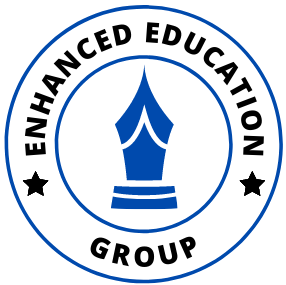In the ongoing conversation about education in Kenya’s Competency-Based Curriculum (CBC), one critical aspect is consistently overlooked: instructional design and delivery. This key element—essentially the “how” of teaching—shapes the way teachers engage with students and manage learning in the classroom. While it seems logical that this would be the cornerstone of educational priorities, it often isn’t. Instead, the focus tends to gravitate towards content, tools, and assessments, leaving instructional strategies undervalued.
The Misplaced Focus in CBC Education
- Content: The curriculum forms the foundation of what students are taught. It’s the “what,” not the “how.” A well-designed curriculum might be comprehensive and ambitious, but without equally well-thought-out instructional delivery, it risks becoming static and ineffective.
- Tools: From graphic organizers and rubrics to educational technology, these resources are meant to support teaching. However, they are only as good as the strategies behind their use. Tools alone cannot create an effective learning experience.
- Assessments: Tests and evaluations—whether formative or summative—are vital for measuring learning. Yet, they often end up being more about accountability than genuinely driving instructional improvement. The assumption that assessment data will automatically enhance teaching rarely holds true in practice.
Why Instructional Design and Delivery Matter
Instructional design is the planning of teaching strategies that cater to different learning styles and needs, while instructional delivery is the execution of these strategies in the classroom. When these components are well integrated, they turn ordinary content into transformative learning experiences.
- Supporting Teachers: Effective instructional delivery doesn’t just happen; it requires training, preparation, and ongoing support. Without these, even the most motivated teachers can feel overwhelmed and burned out. The result? Less effective teaching and higher teacher attrition rates.
- Engaging Students: Students need lessons that are interactive, adaptive, and stimulating. Good instructional design helps teachers create such lessons, keeping students engaged and promoting deeper learning.
The Consequences of Ignoring Instructional Design
The lack of focus on instructional strategies has tangible repercussions:
- Teacher Burnout: Teachers end up relying on repetitive, uninspired teaching techniques when they don’t have adequate training in instructional design and delivery. This disconnect between effort and result leads to frustration and exhaustion.
- Student Disengagement: Without well-executed instructional delivery, students become passive learners. This results in lower retention of information, reduced motivation, and overall disinterest in school.
A Path to Improvement: Recommendations for Change
To optimize education under the CBC, Kenya must emphasize instructional design and delivery through strategic initiatives:
- Professional Development: Teachers should receive training focused on lesson planning, differentiated instruction, and innovative teaching methods.
- Collaborative Planning: Schools should encourage sessions where teachers can share ideas and develop lessons together, fostering a culture of continuous improvement.
- Pedagogical Leadership: Appoint educational leaders dedicated to enhancing teaching methods, not just managing curriculum content.
- Feedback-Based Classrooms: Shift from purely evaluative grading systems to formative feedback practices that allow teachers to adjust their instruction in real time.
The Power of Prioritizing “How” We Teach
For Kenya’s CBC to truly meet its ambitious goals, stakeholders must rethink their approach to instructional design and delivery. It’s not just about what is taught; it’s about how it is taught. By investing in teacher support and refining the art of instructional delivery, classrooms can transform from spaces of rote learning to dynamic environments that inspire curiosity and critical thinking.
Conclusion
Instructional design and delivery are the engines that drive effective education. Without them, even the best curriculum, tools, or assessments can only go so far. By reorienting our focus towards empowering teachers with the resources and training to master the “how” of teaching, we can create a more engaging, supportive, and successful learning environment for students.
Let’s ensure the conversation shifts to where it matters most: optimizing the how of teaching for a better future in education.

